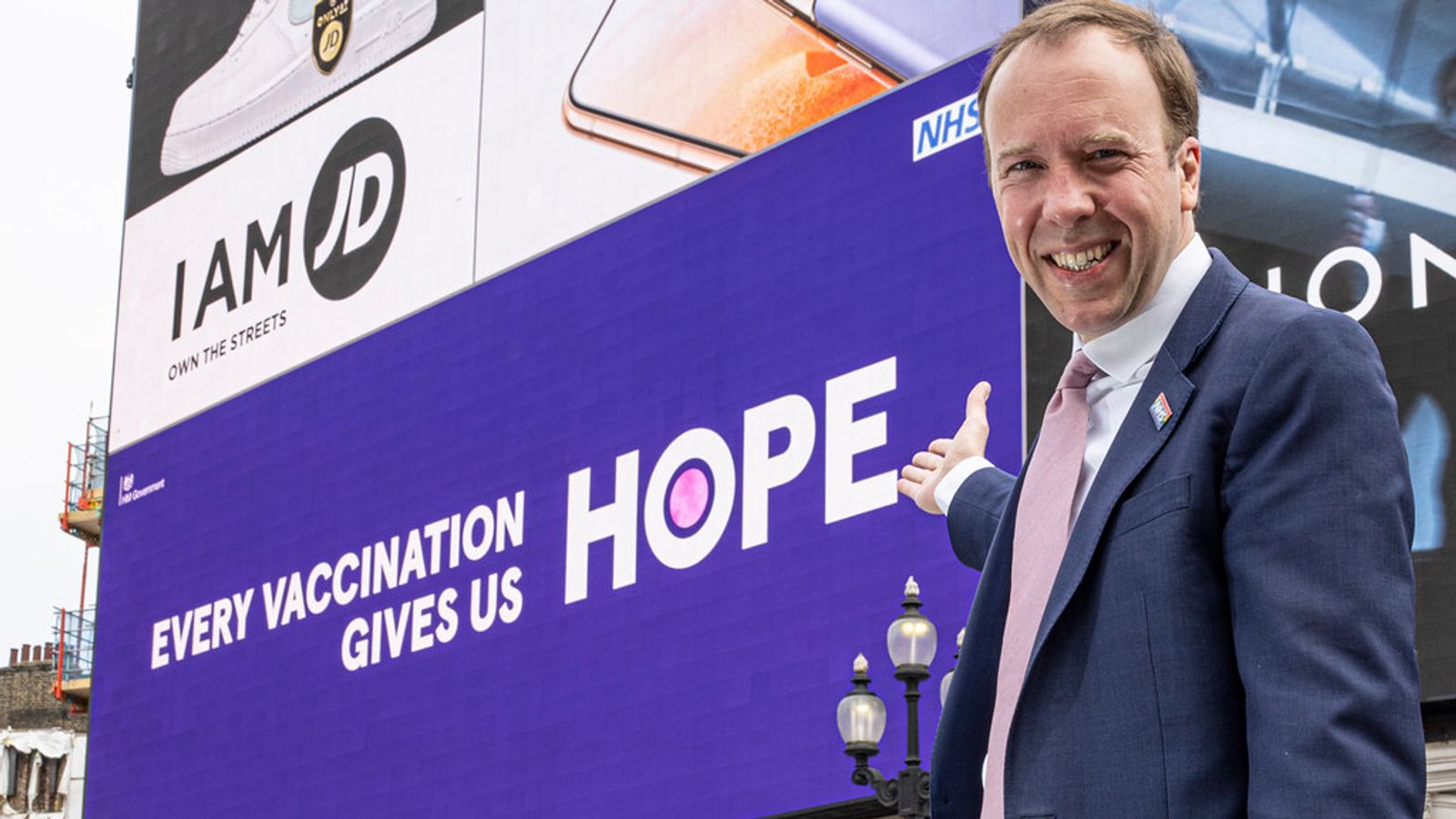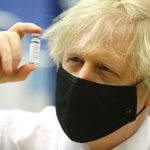After a decade of hopping between political lily pads, Matt Hancock’s resignation marks a mis-step of massive proportions.
His tenure as health secretary during the country’s greatest peacetime crisis saw the fresh-faced 42-year-old elevated to one of the most important jobs in government.
Mr Hancock strode into the spotlight with a relatively rosy record.
He was one of the only cabinet ministers to stay in post when Boris Johnson took over from Theresa May in Downing Street.
Allies pointed to his ability to keep NHS winter pressures out of the headlines.
However, others accused him of being something of a political shapeshifter.
In the 2019 Conservative leadership contest, Mr Hancock initially stood on a moderate platform.
The one time Remain supporter made a point of flagging his opposition to suspending parliament during the Brexit process.
Alarm bells began ringing when he dropped out of the race, switched his allegiance to Boris Johnson, and suddenly became more sympathetic to a muscular approach with the EU.
Issues around Brexit were quickly superseded by the coronavirus pandemic though, with criticism and some compliments flowing to Mr Hancock’s door.
He was a voice in cabinet arguing for tighter restrictions and an early optimist on the possibility of vaccination as an exit route from the pandemic.
But he was also criticised for hospital shortages of protective equipment and struggles within the Test and Trace system.
His public target to reach 100,000 tests a day was hit, but led to accusations of showboating amid reports of the numbers being fiddled.
In the care sector too, his promise to put a “protective ring” around nursing homes rang hollow as thousands of elderly people were lost to the virus.
The then-health secretary dealt with these accusations with a characteristic quantity of tiggerish optimism, frequently cranking up the sincerity and pressing the emotional buttons to help land his points.
But a bitter dispute with former Downing Street advisor Dominic Cummings – and the revelation that the prime minister had called Mr Hancock “hopeless” – accelerated an erosion of his credibility.
His political death knell came when pictures of him kissing and cuddling a government official and long-time friend – in breach of his own COVID rules – surfaced in the newspapers.
Matt Hancock met Gina Coladangelo while they were both students in Oxford in the 1990s.
Like many in Westminster, the pair studied politics, philosophy and economics but became friends while working on the university radio station.
While Ms Coladangelo left to pursue a career in marketing and lobbying, Mr Hancock ventured into politics before joining the Bank of England as an economist.
He then joined the staff of then-shadow chancellor George Osborne, eventually becoming chief of staff.
Privately educated with a slick media style and passion for technology, Mr Hancock appeared every inch the David Cameron-era modern Tory.
After being elected as MP for West Suffolk in 2010, he had become a business minister by 2012 and was appointed culture secretary by Theresa May in 2018.
Within Westminster, he garnered a reputation as an enthusiastic – if ambitious – operator.
Digital videos of the plucky minister trying his hand at various photo-friendly activities like free-running and office cricket frequently edged from the creative to the cringe-worthy.
The launch of his own smartphone app was also met with mocking, as was a mooted idea for him to deliver a conference speech as a hologram projected on to the stage.
Initiatives like this fed a creeping suspicion among some of style over substance, and questions lingered about whether Mr Hancock found it too easy to shift allegiances.
These issues didn’t cause his downfall, but may have contributed to the conspicuous lack of public support he received from fellow Tories in his moment of need.
The high-flyer with no safety net to save him when he fell.






















